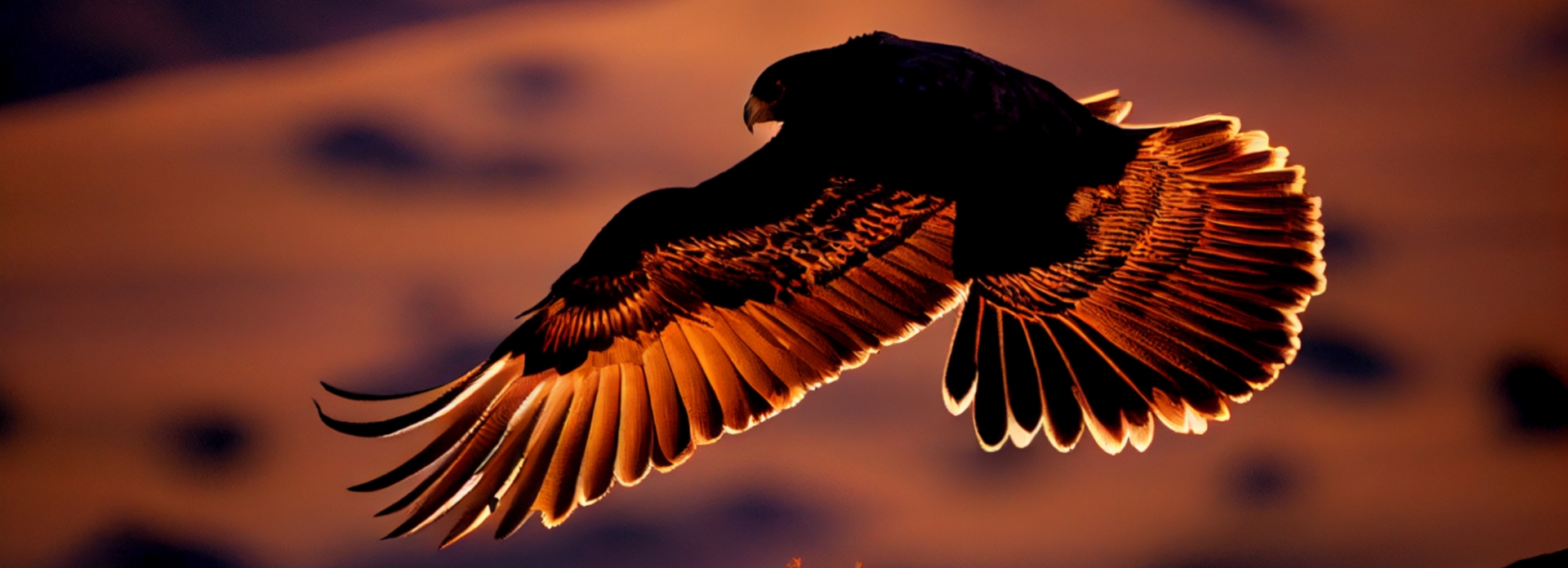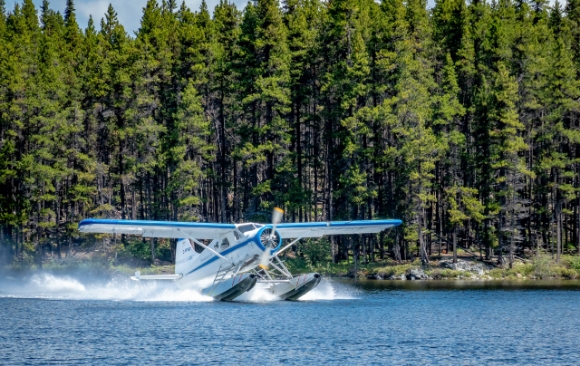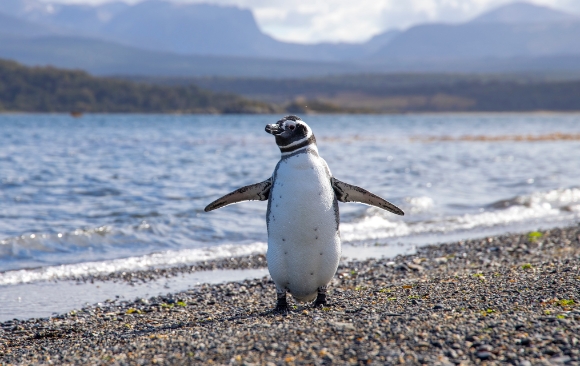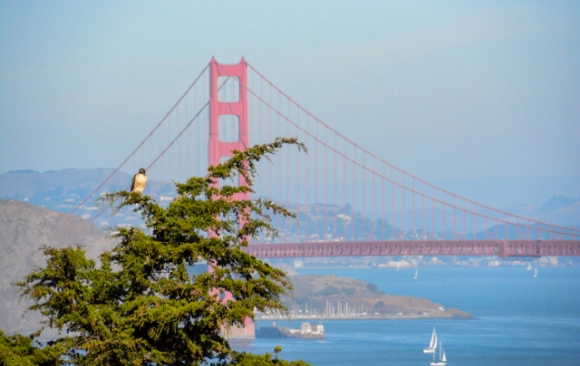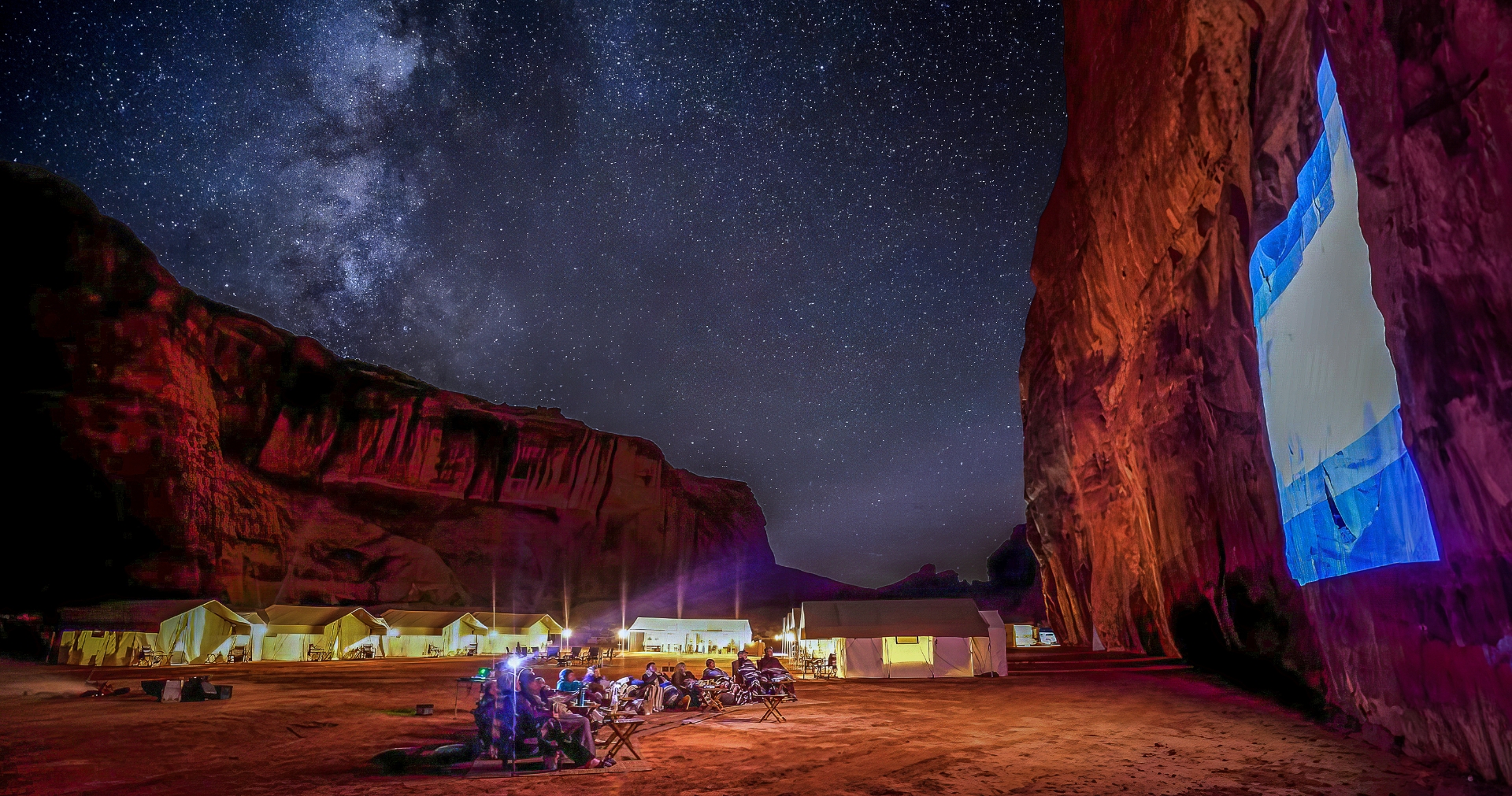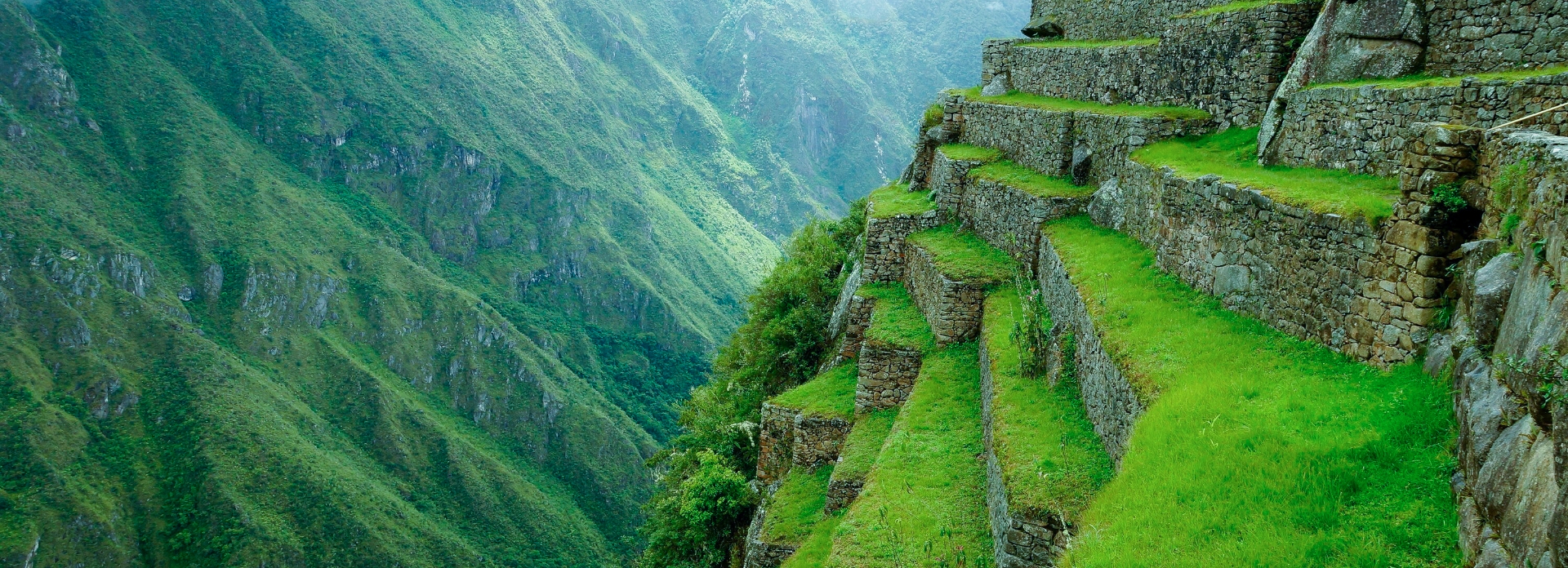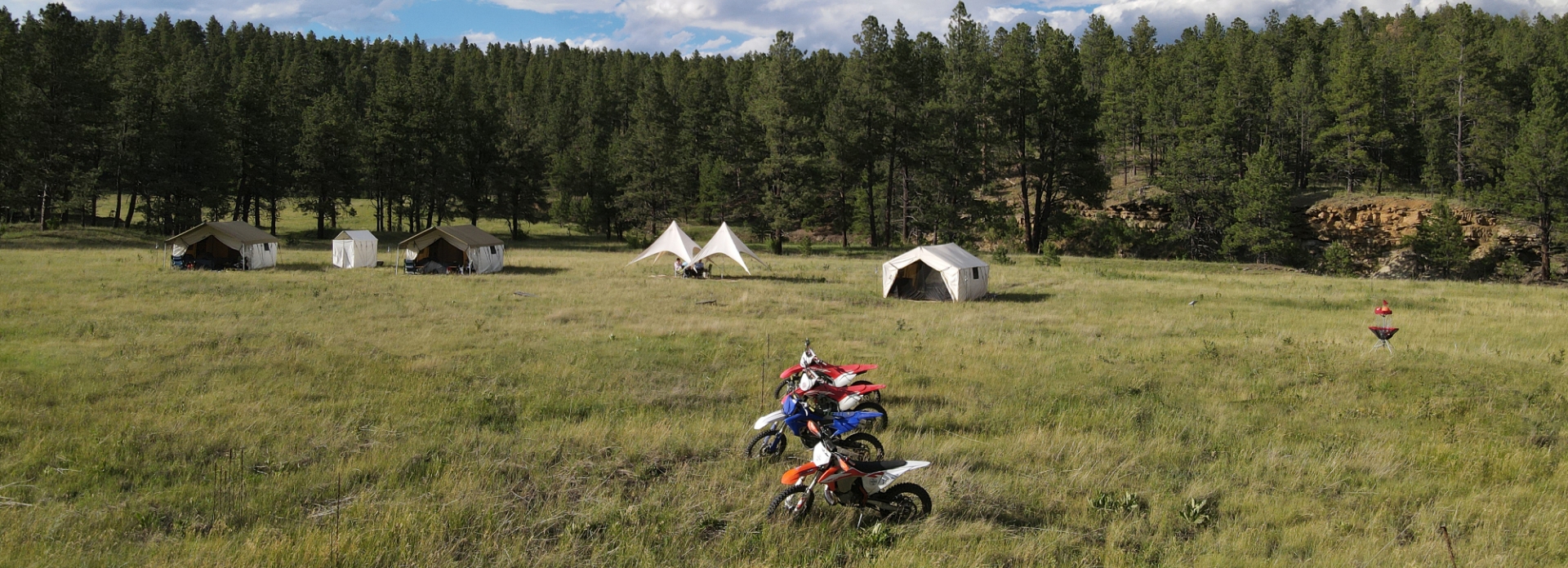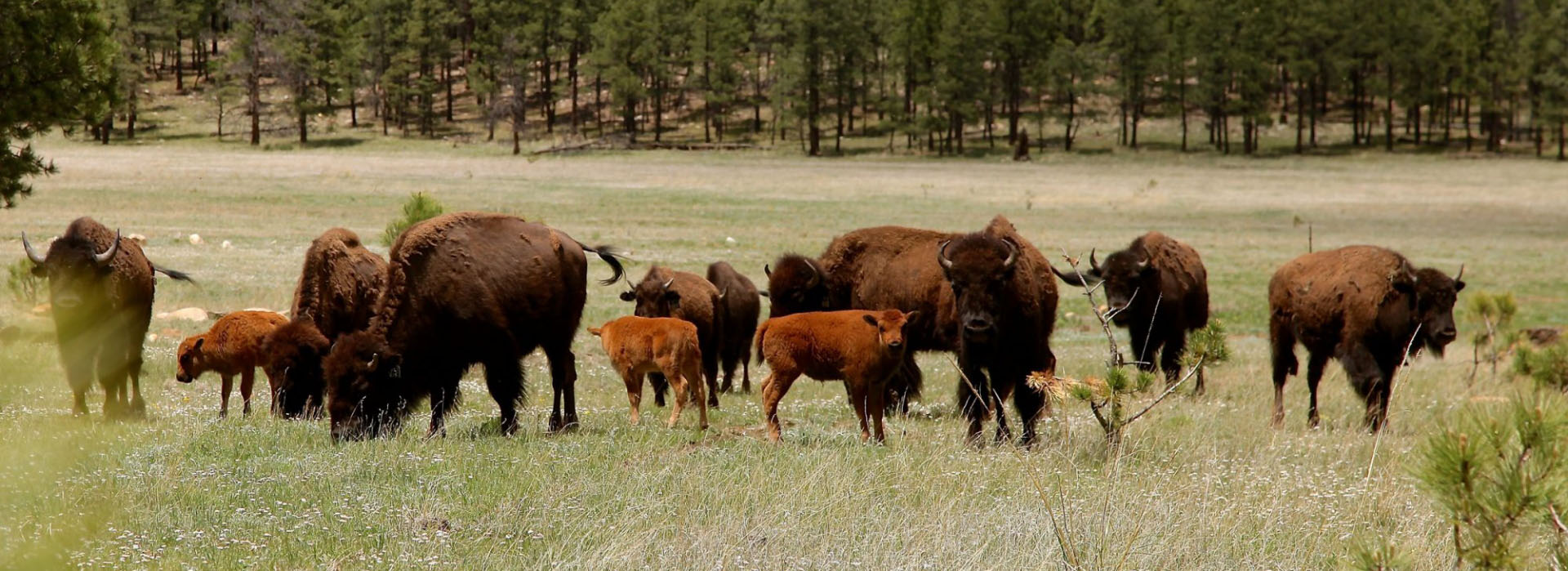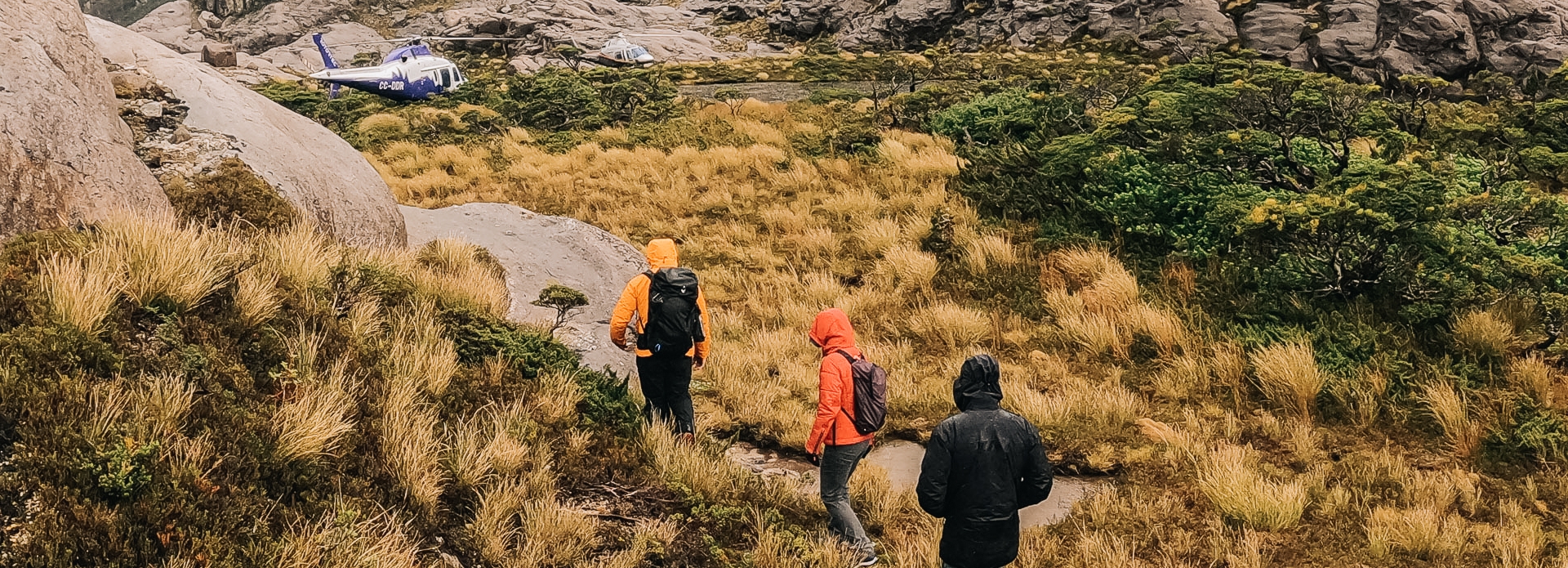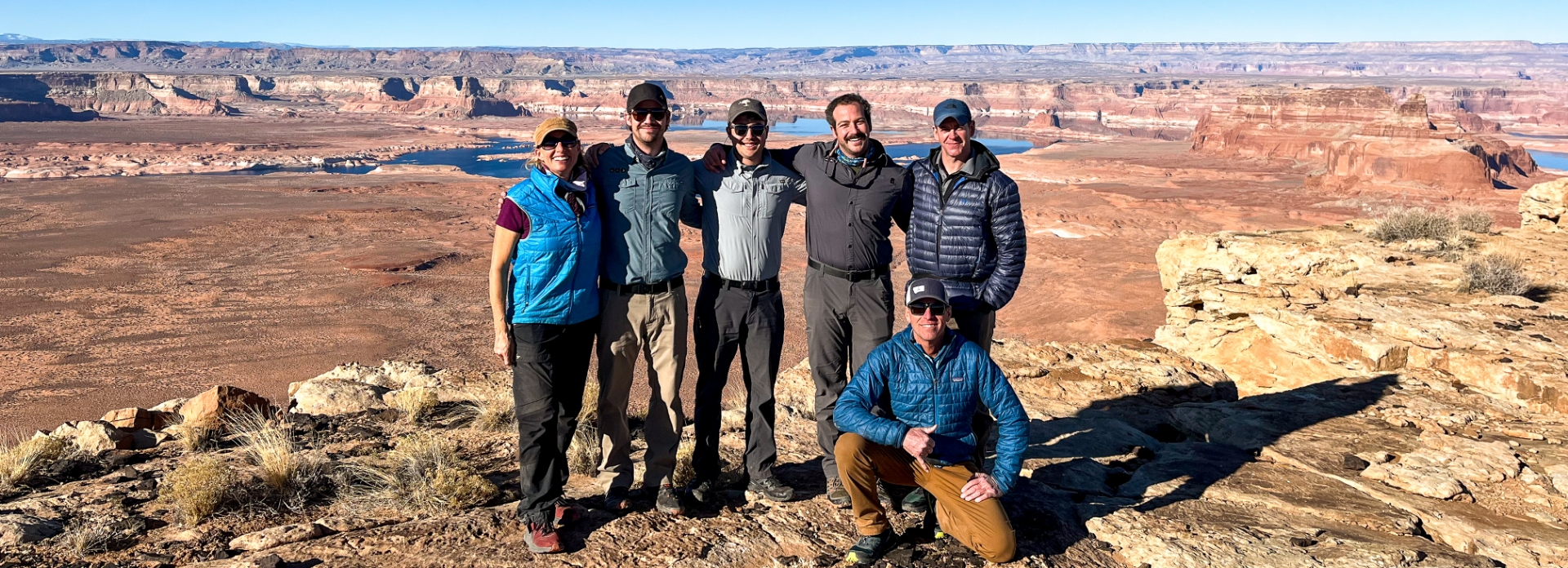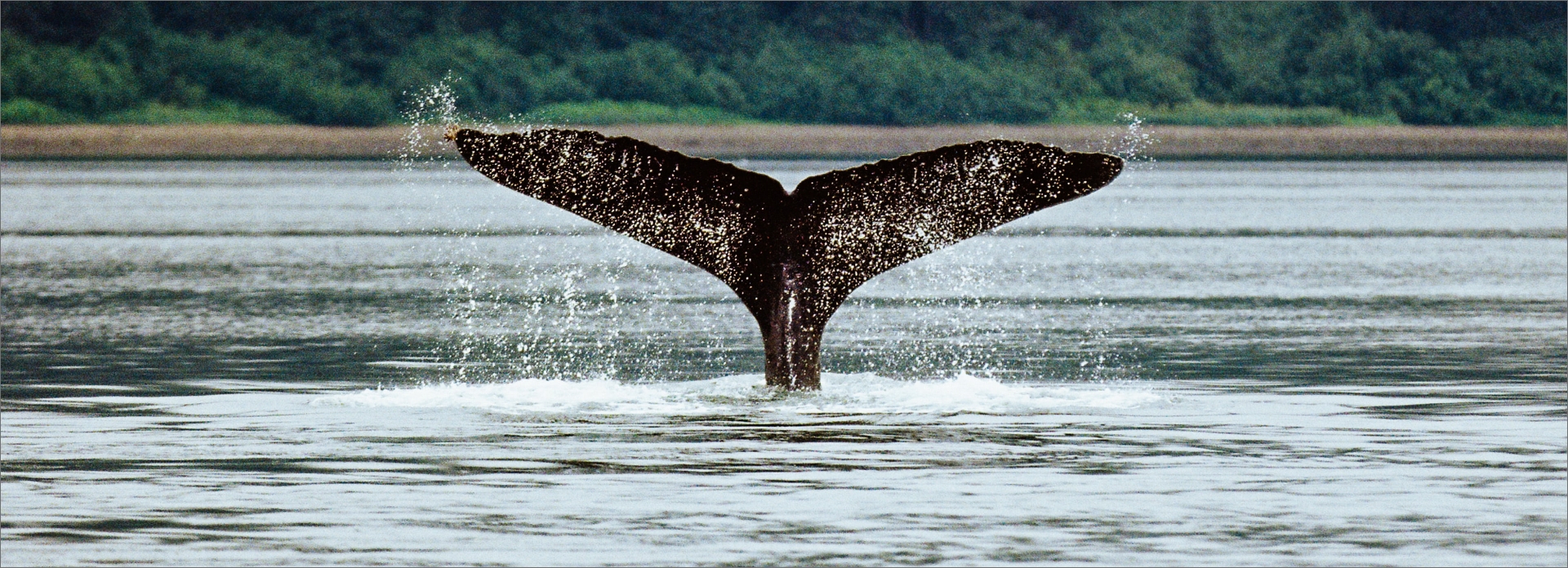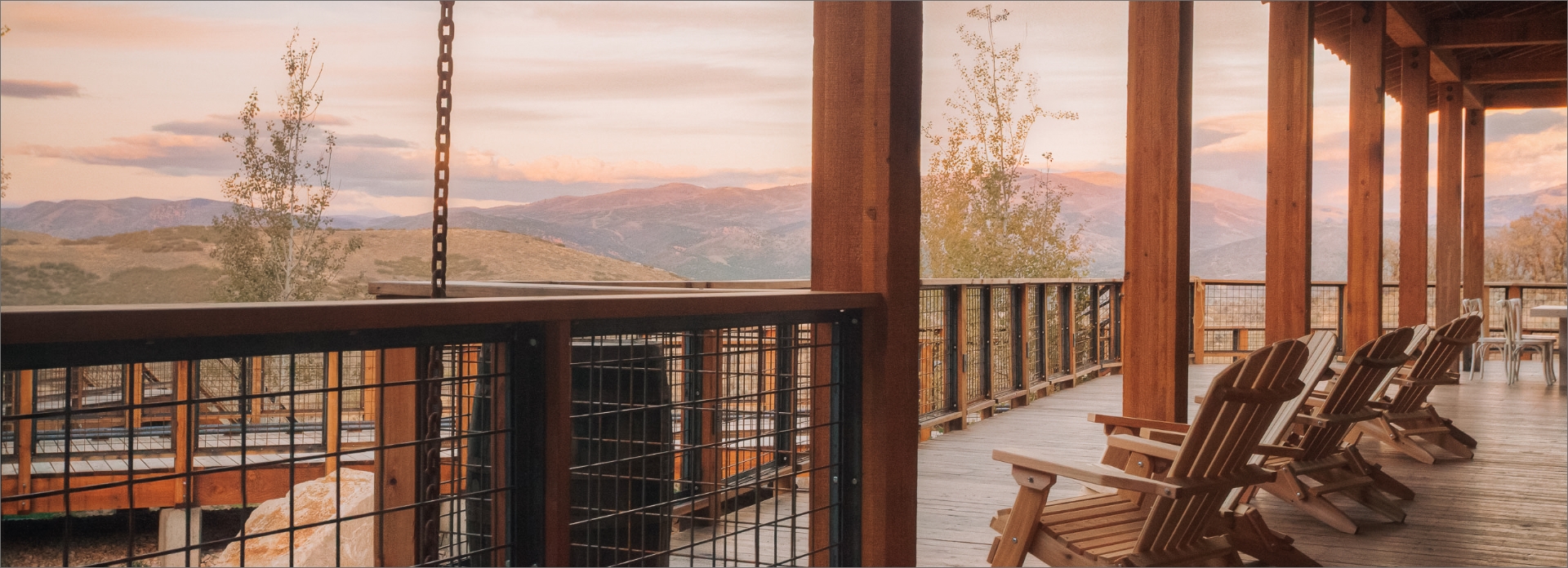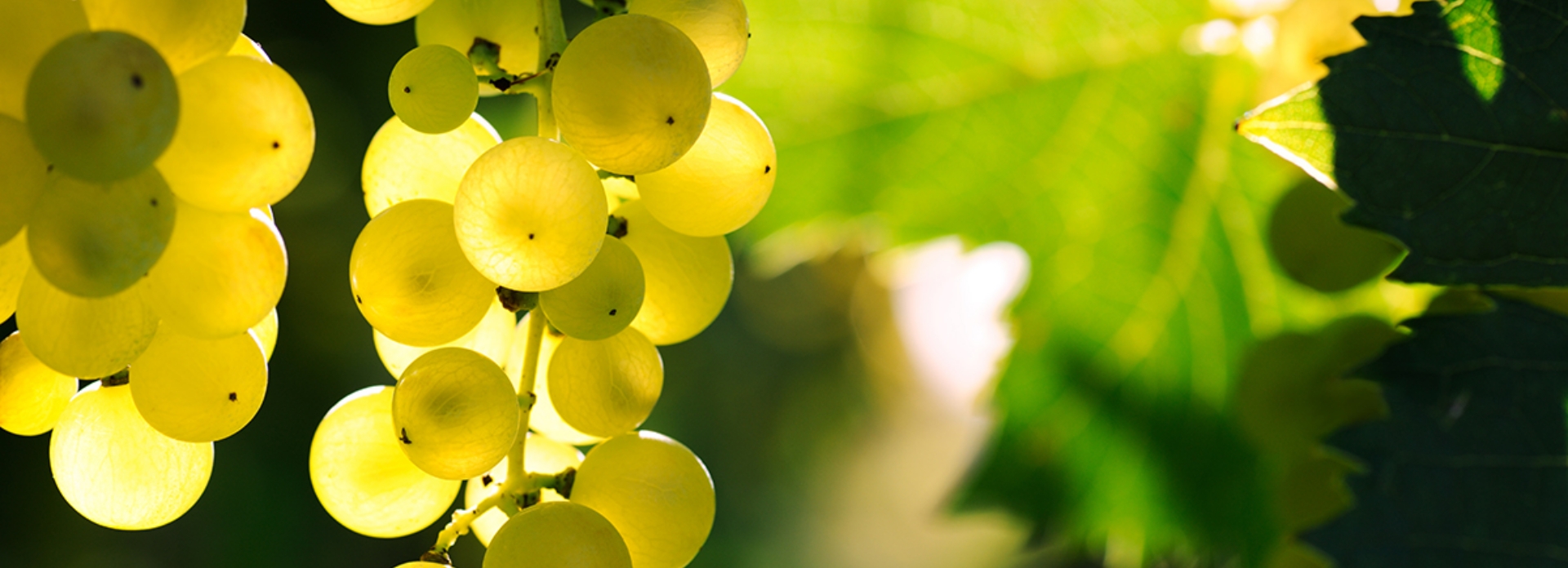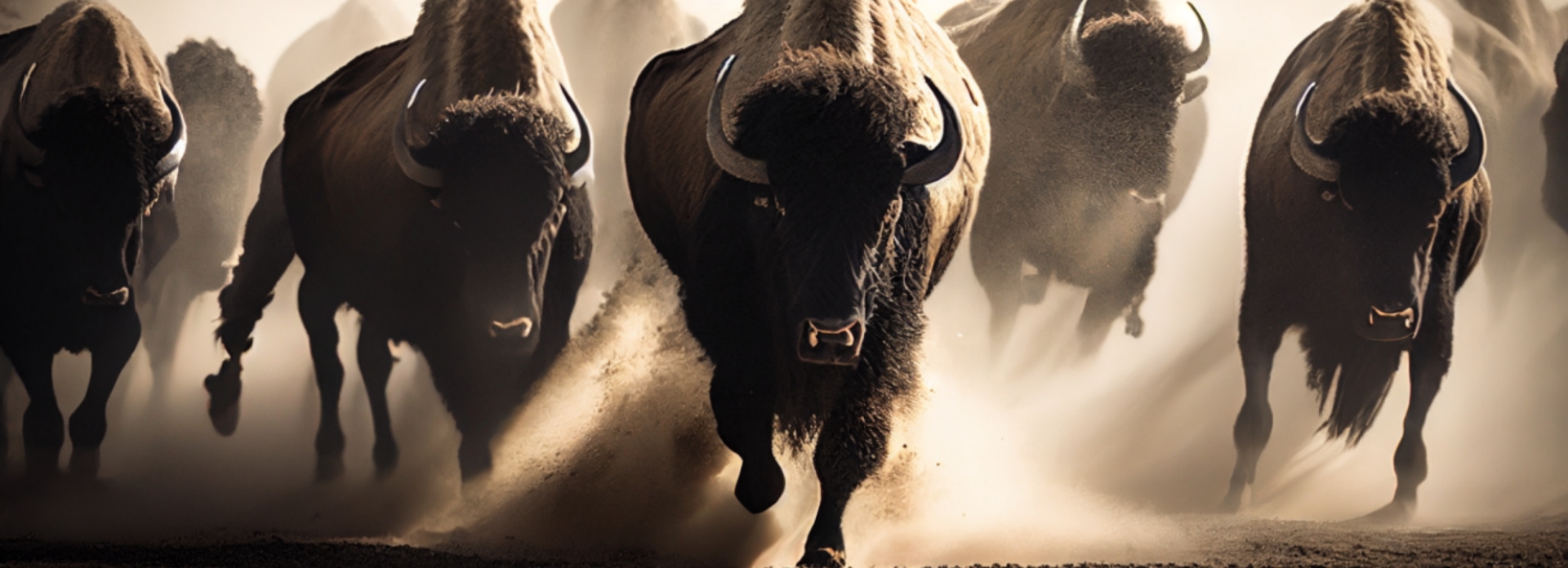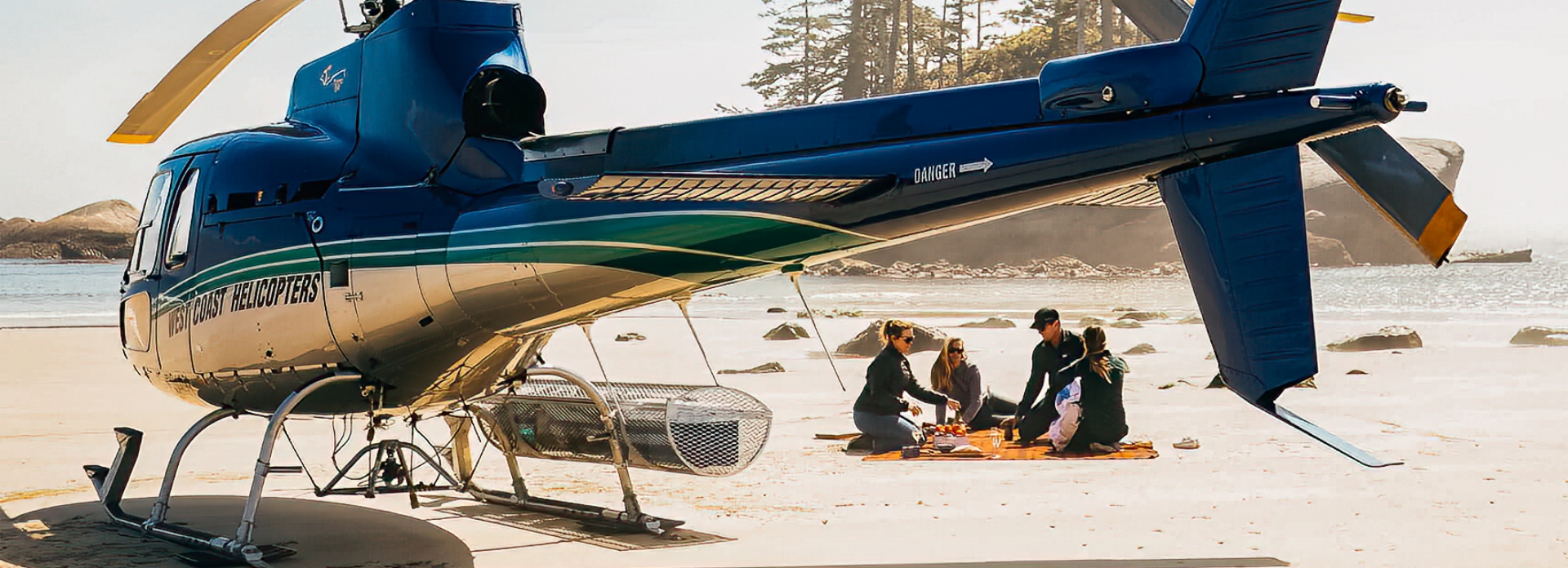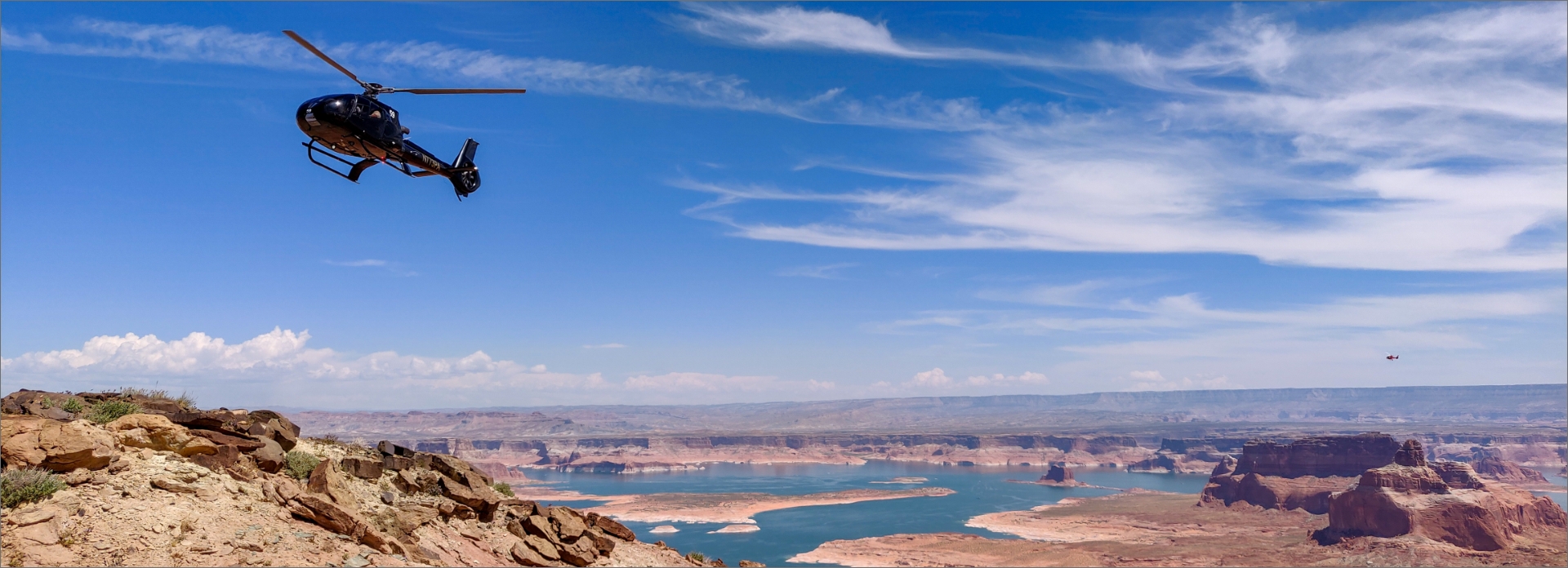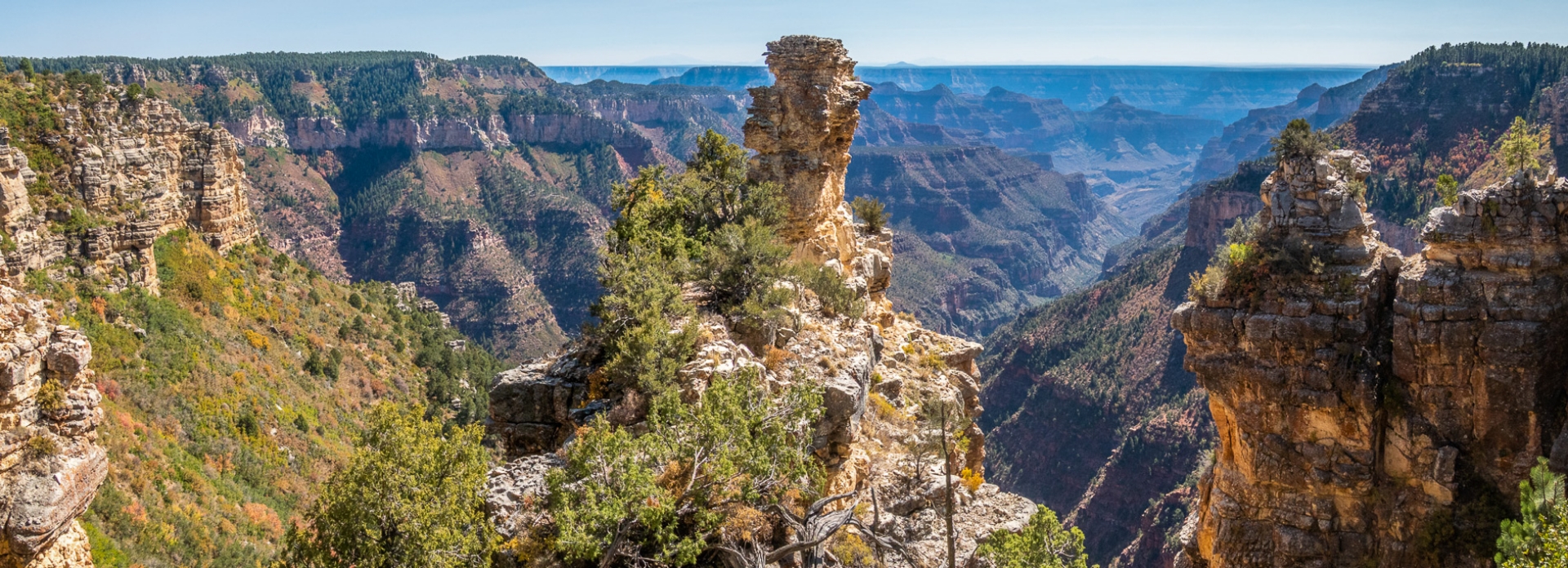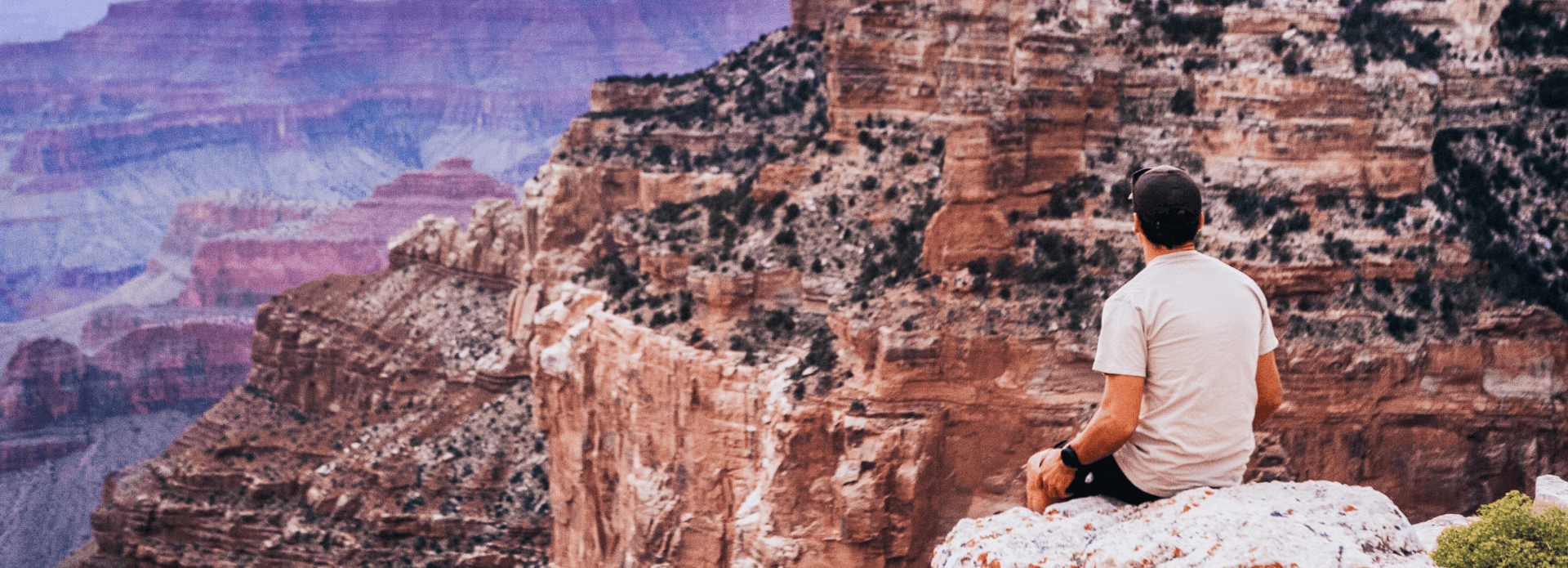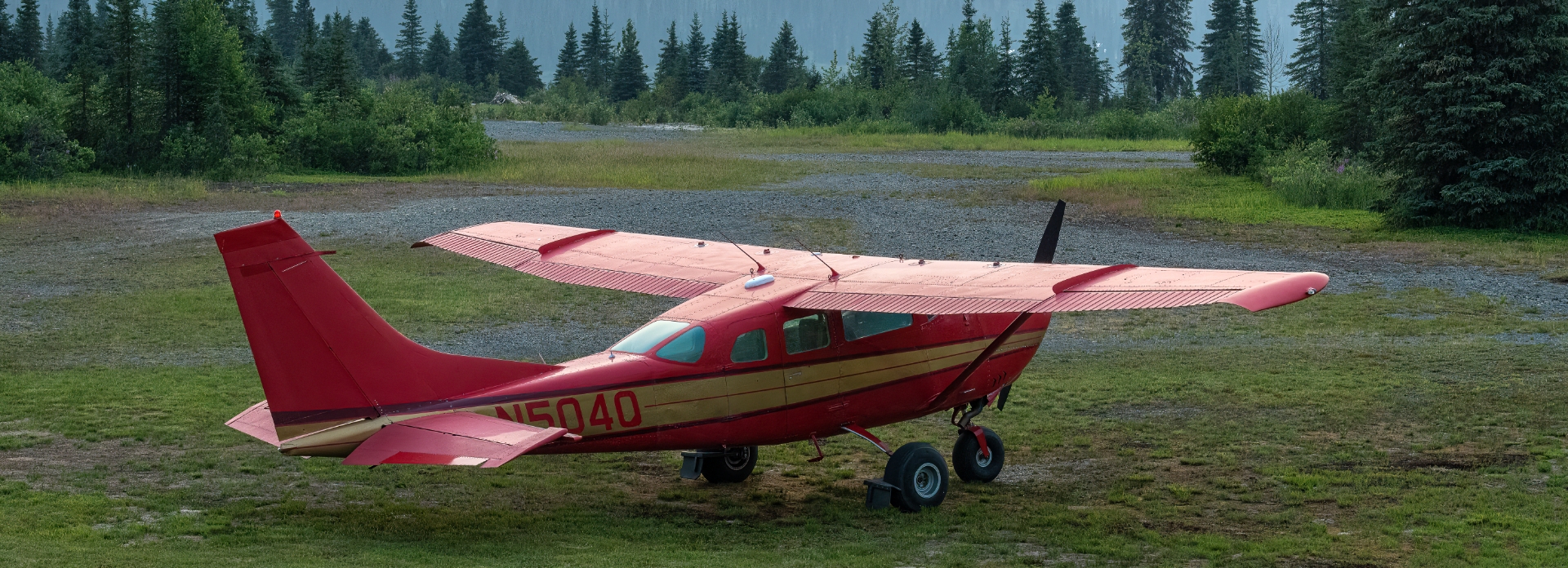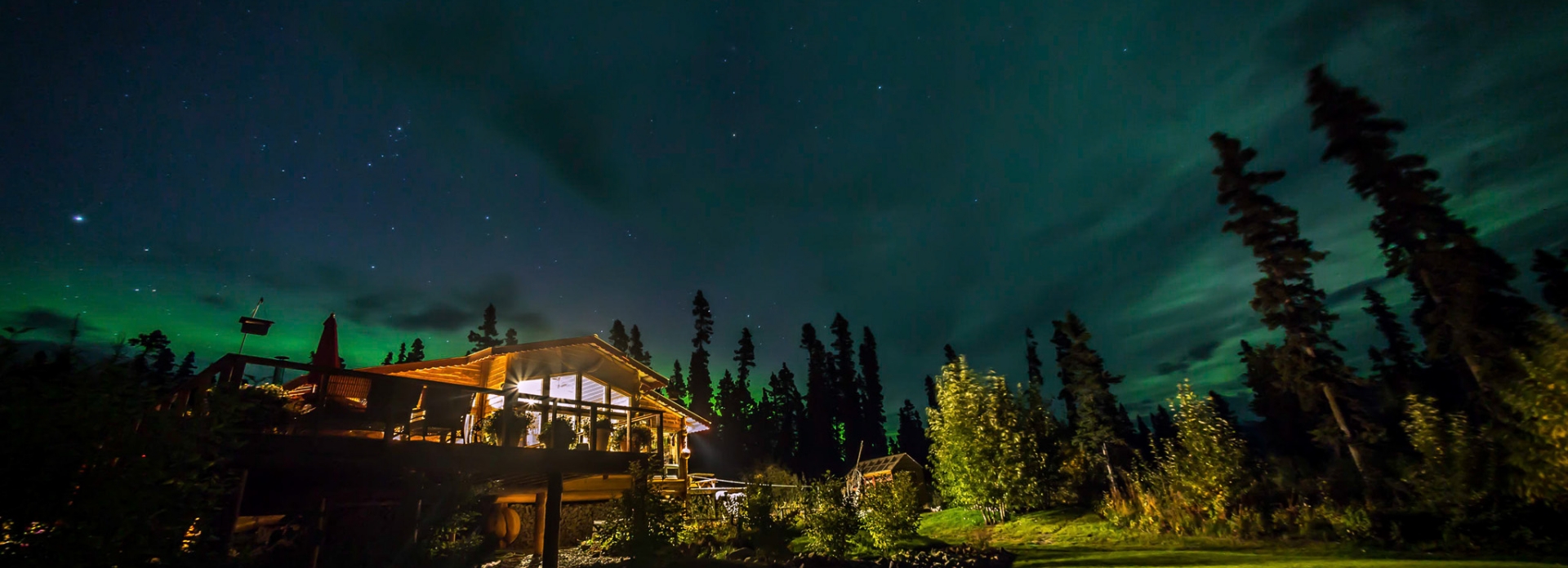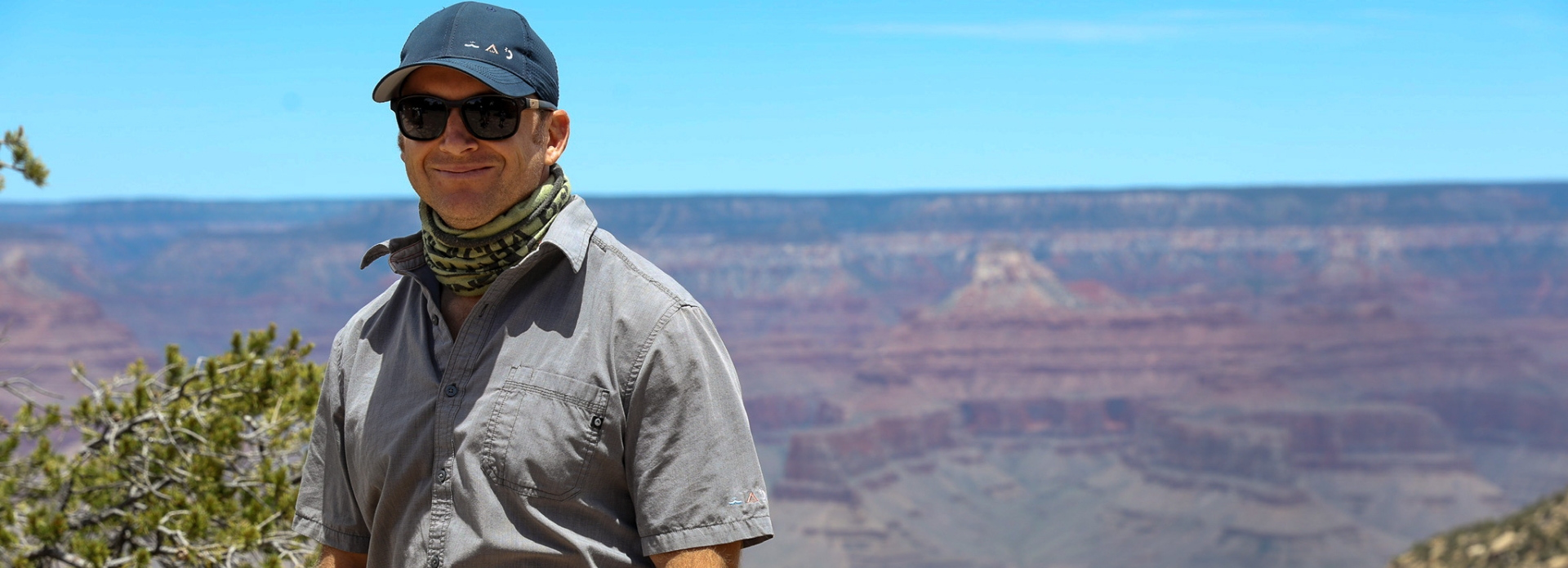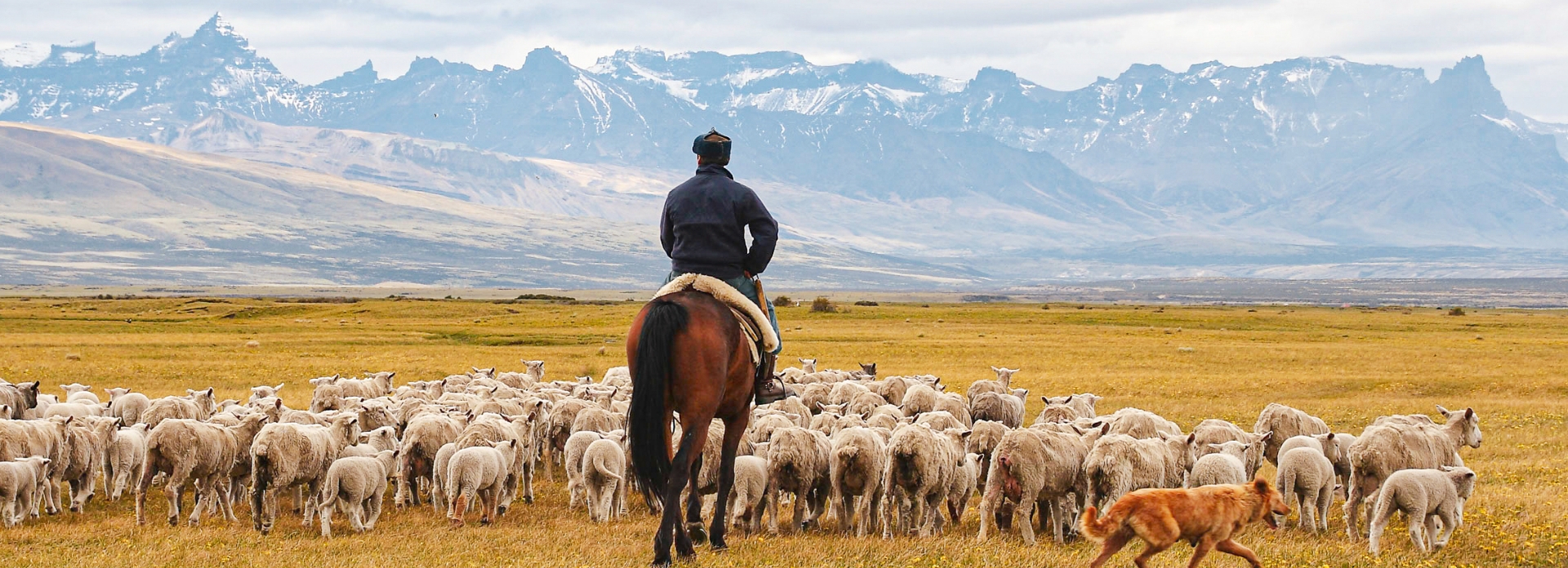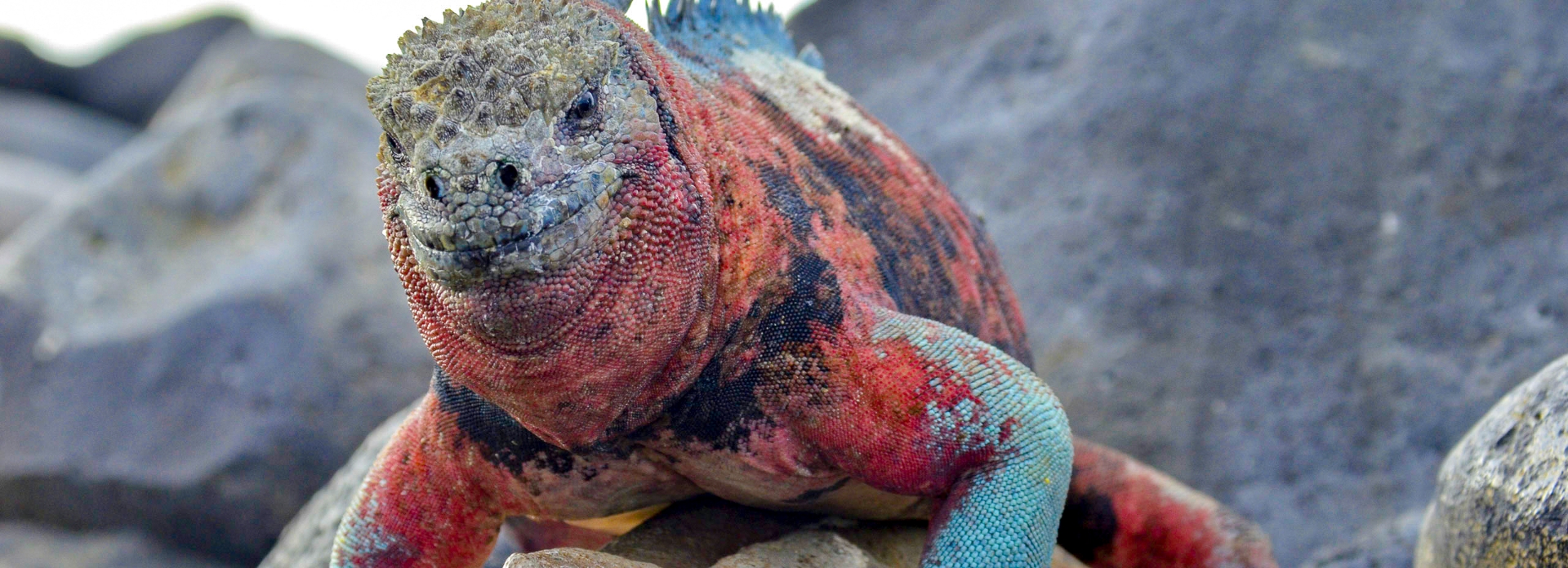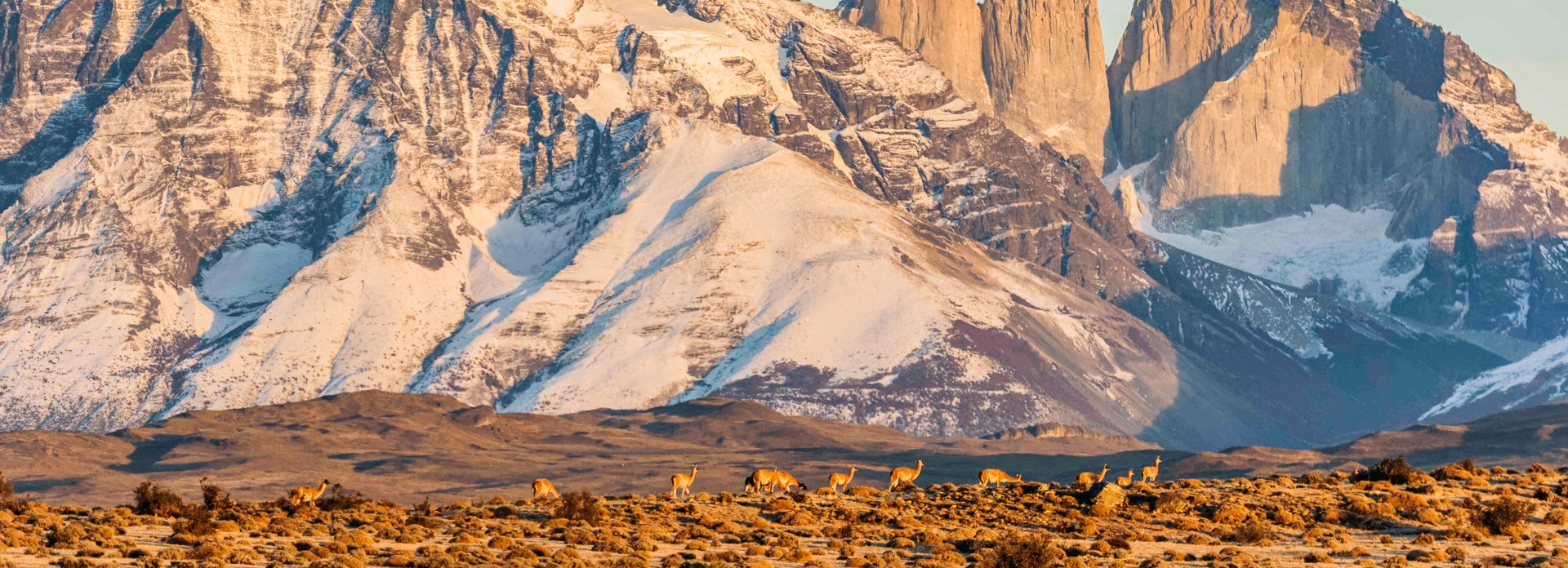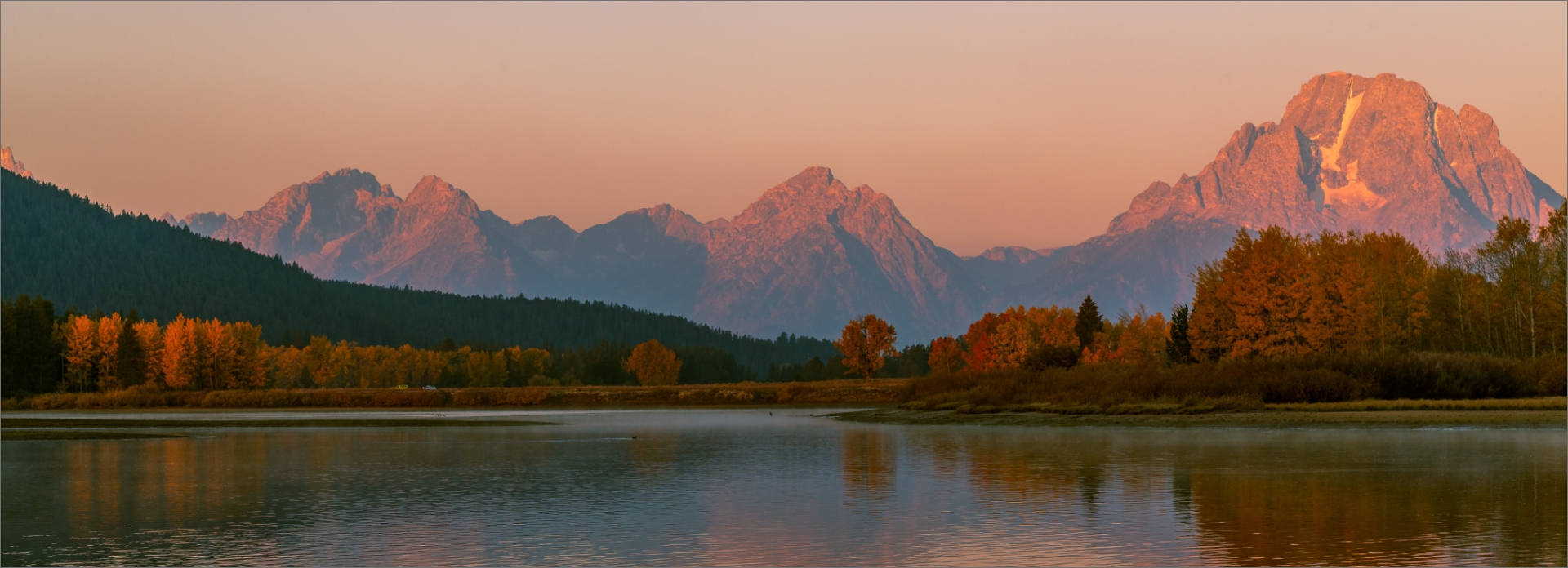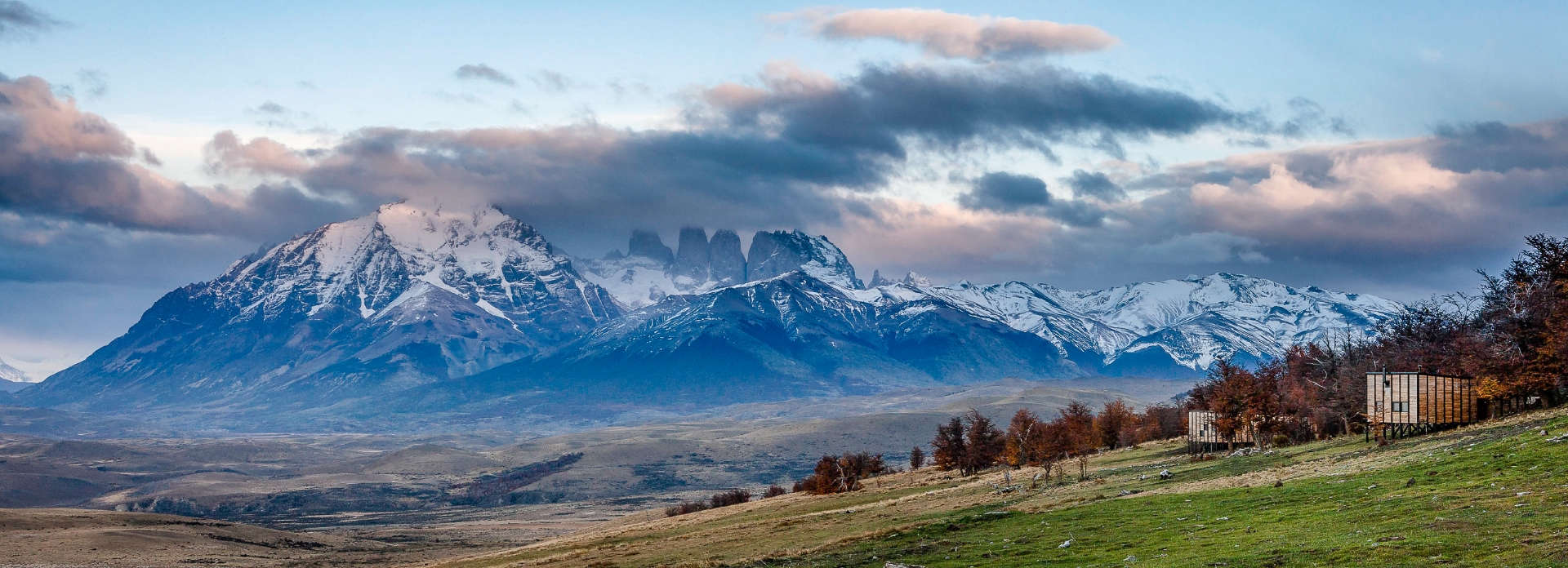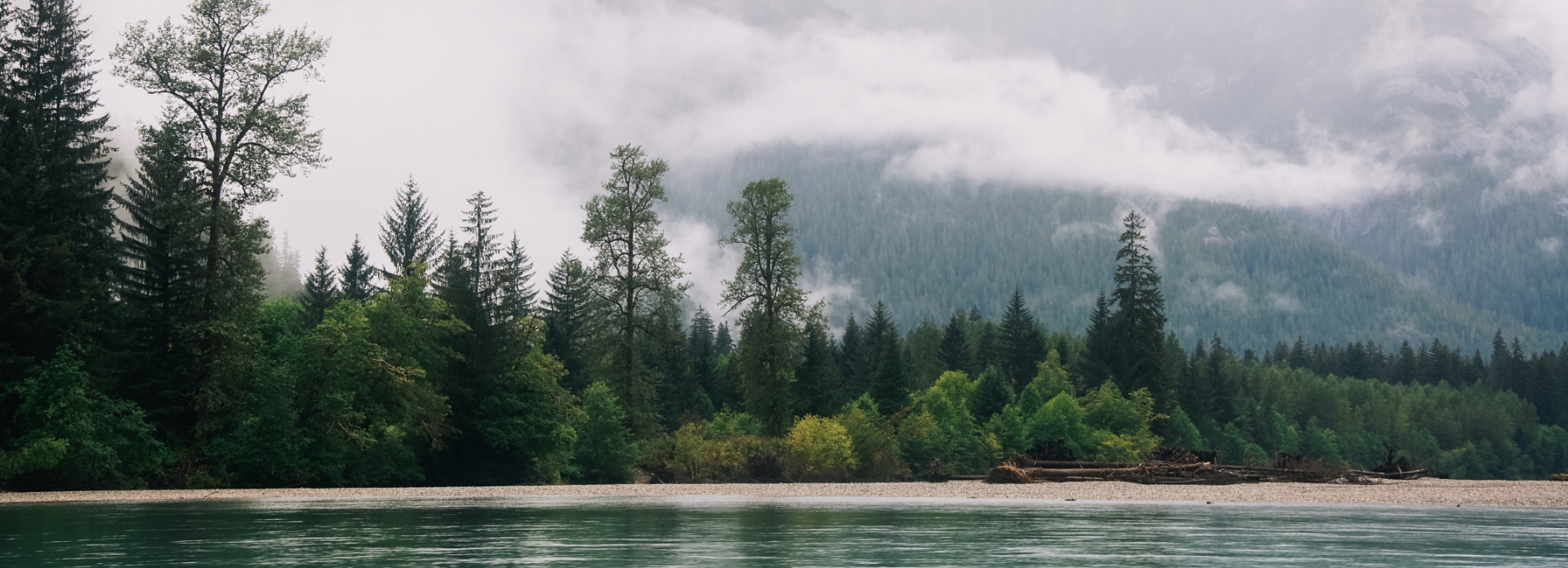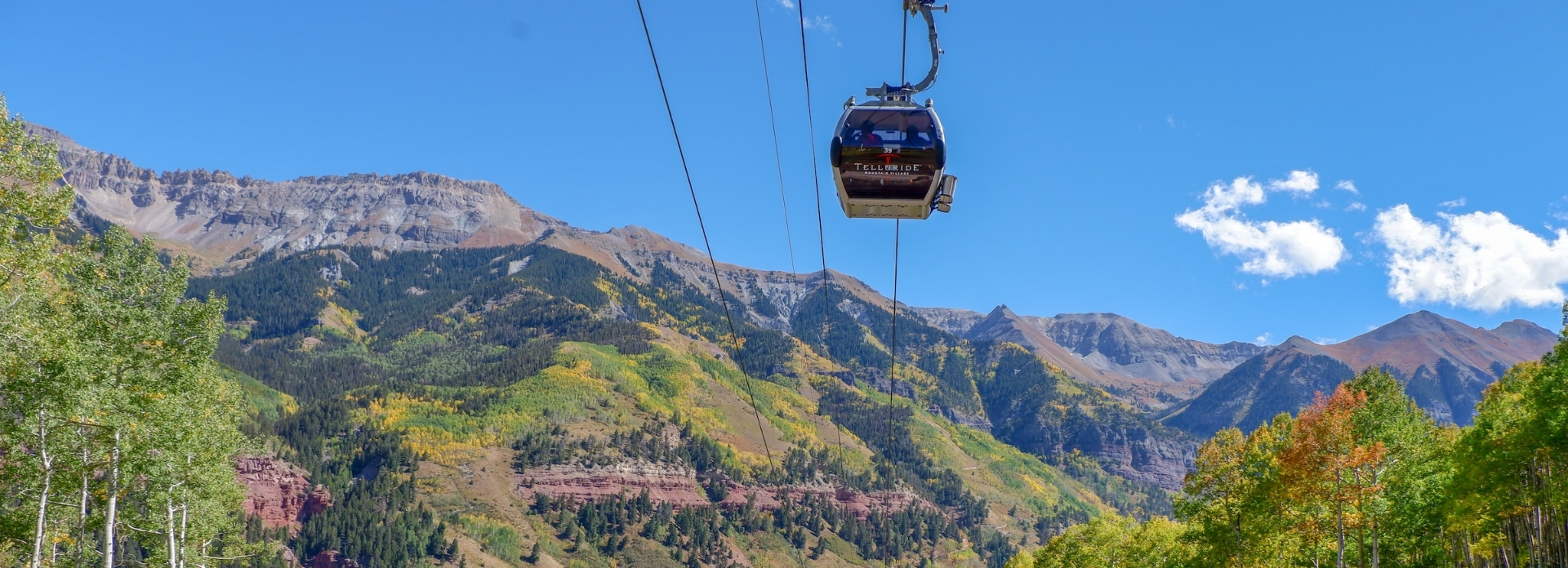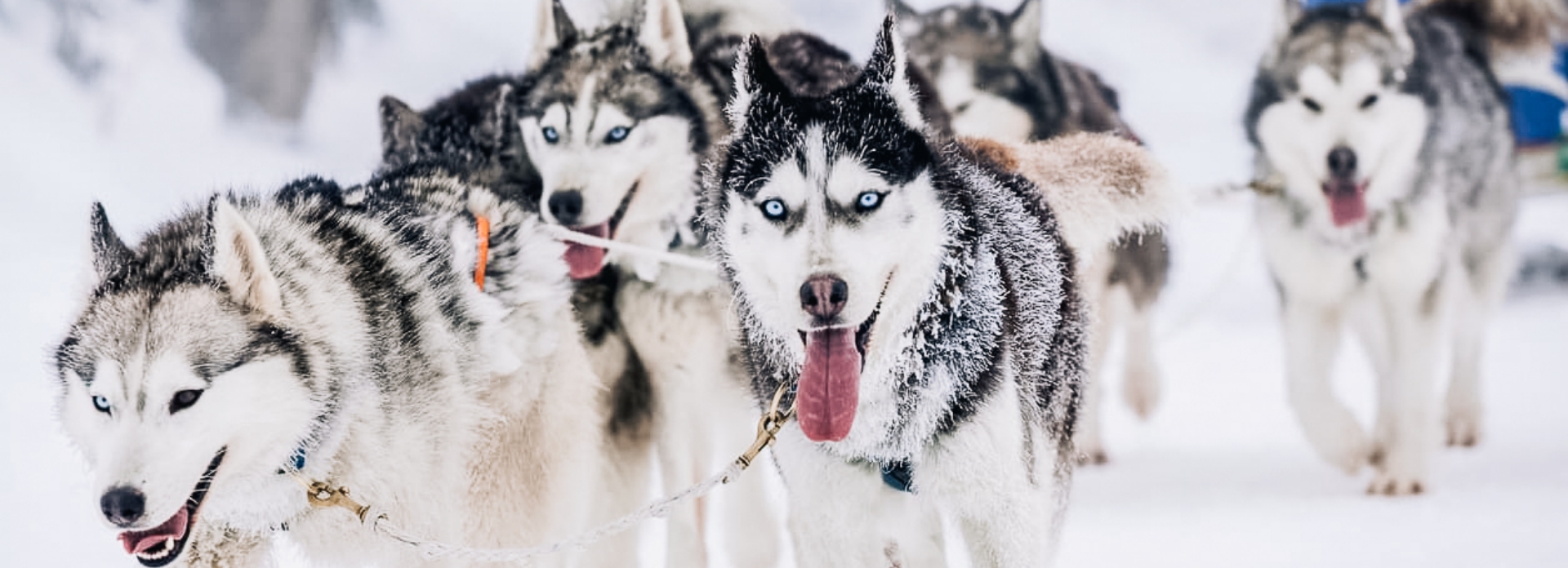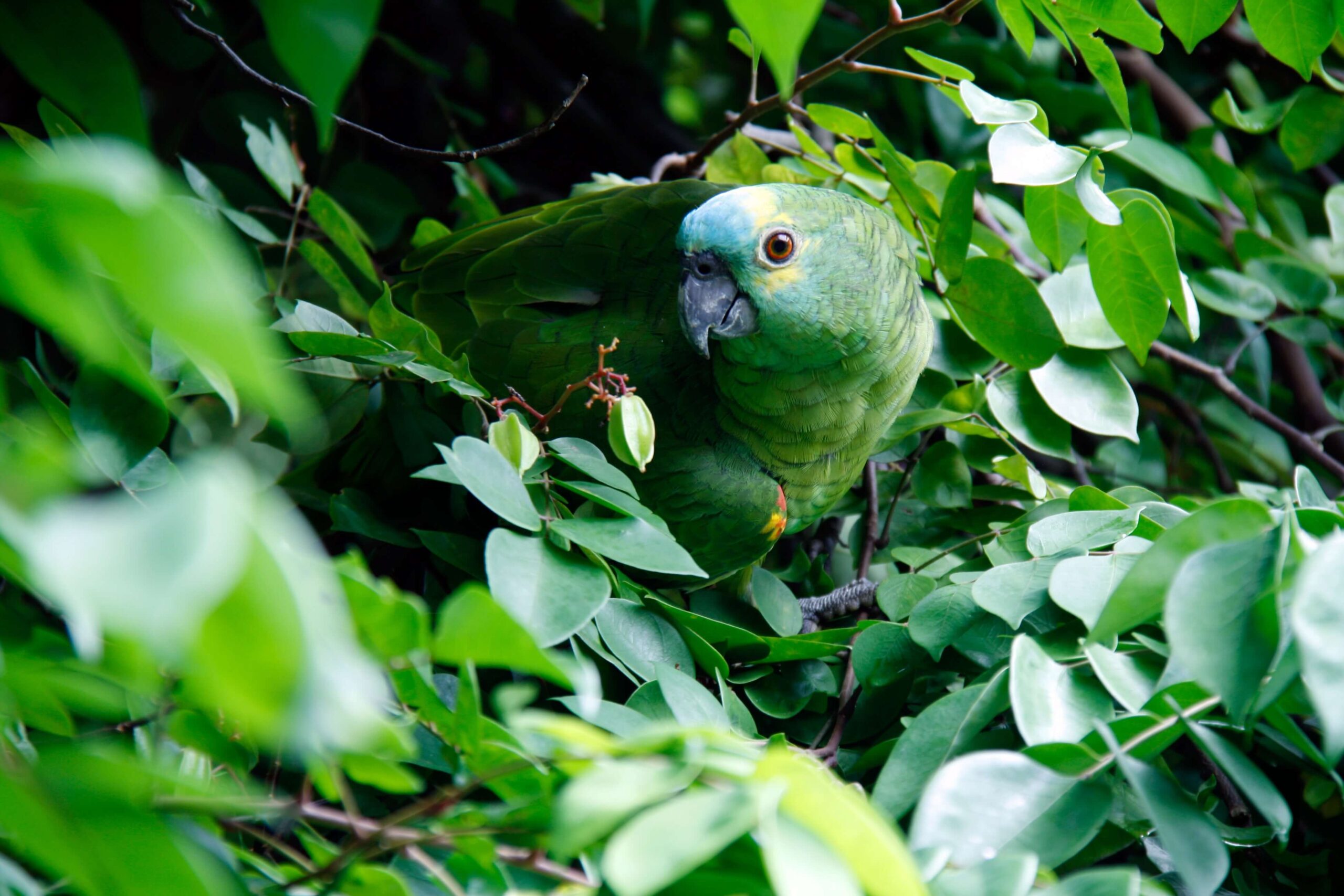Birds of prey, also known as raptors, are a diverse group of birds that are known for their sharp talons, hooked beaks, carnivorous diet and powerful eyesight. Although these birds are found all over the world, many of the most popular species call the national parks of the United States home. In this blog post, we will take a closer look at some common birds of prey and the protected areas in which they can be found.
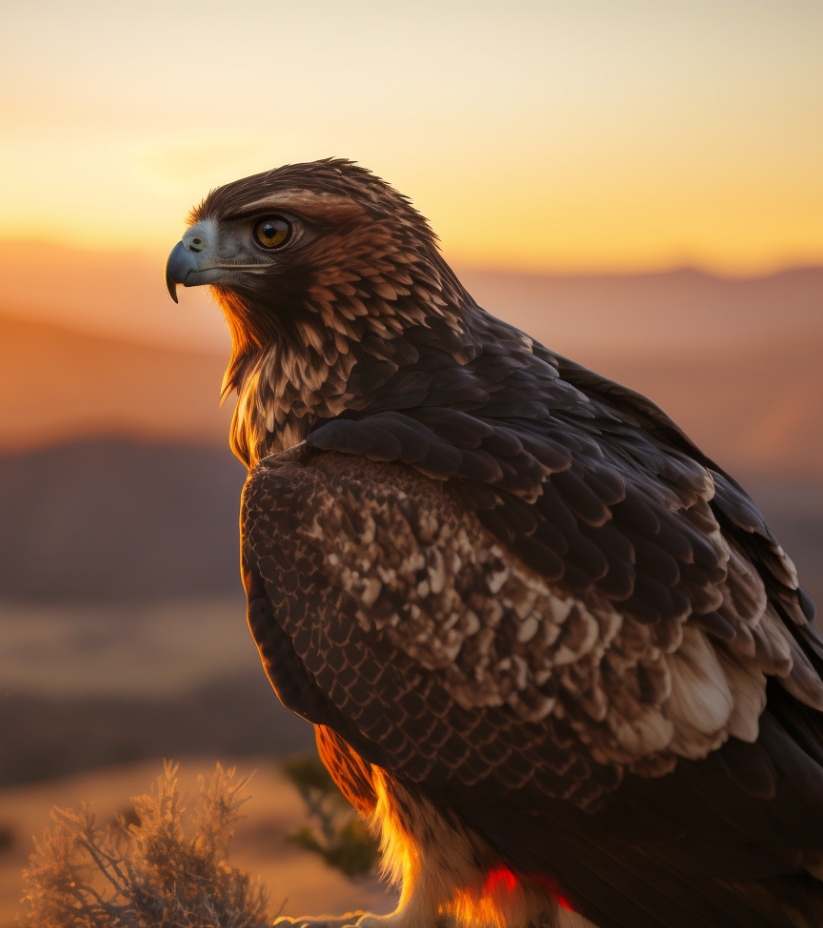
Close Up Red-Tailed Hawk
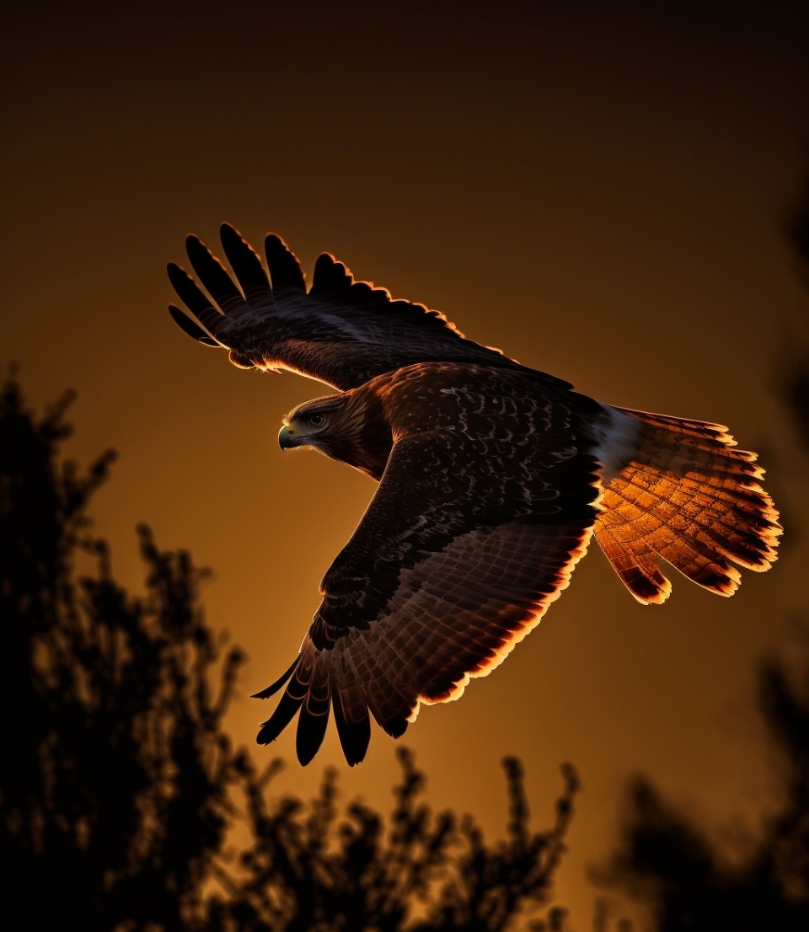
Red-Tailed Hawkin Flight
Red-tailed Hawk
The most common hawk in all of North America, the red-tailed hawk is a great entry point into the world of birdwatching. As one might guess by their name, these birds of prey sport distinctive red tail feathers which makes them relatively easy to identify. These birds also have a distinctive call that gives them away even if they are too far away to be seen. Found in practically every national park, red-tailed hawks are most likely to be found on the edges of tall forests or cliffs where their elevated vantage point gives them the best views of the surrounding terrain.
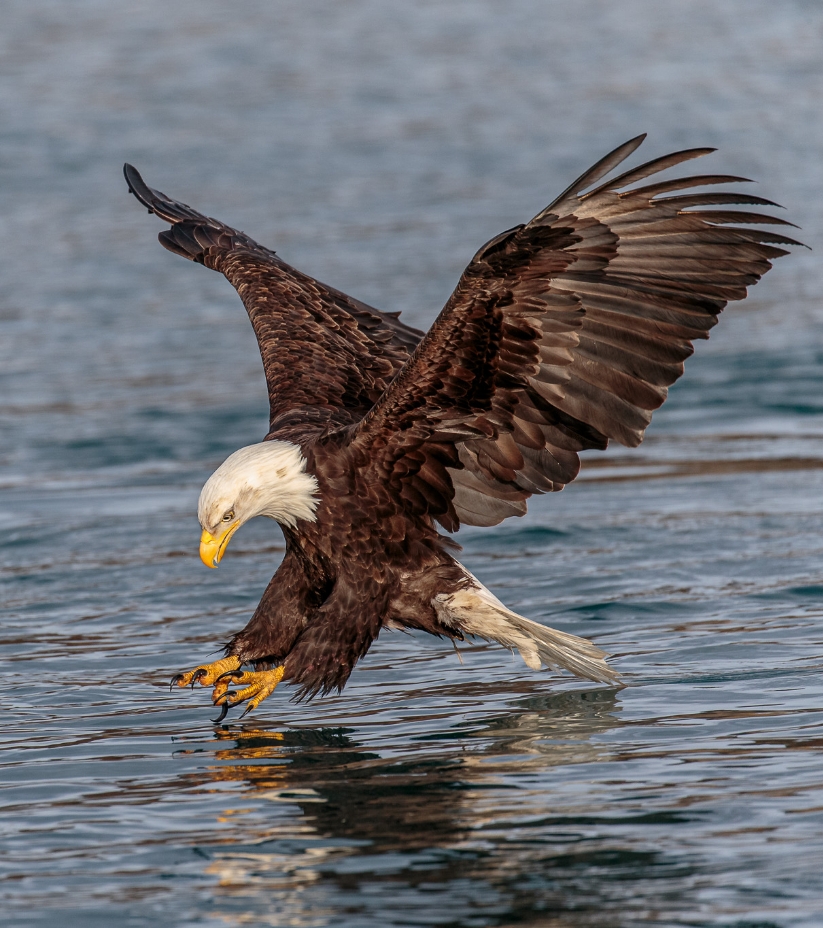
Eagle Diving For Fish

Close Up Bald Eagle
Bald Eagle
A cultural symbol recognizable the world over, one of the most iconic birds of prey in the United States is the bald eagle. Found in many national parks, including the Grand Canyon, Yosemite, and Yellowstone, bald eagles are easily recognized by their distinctive white head and tail feathers. These large birds are a favorite sighting for EXP Journey’s guests, and for good reason. What could be a more iconic American experience than spotting the national bird of the United States in a national park?
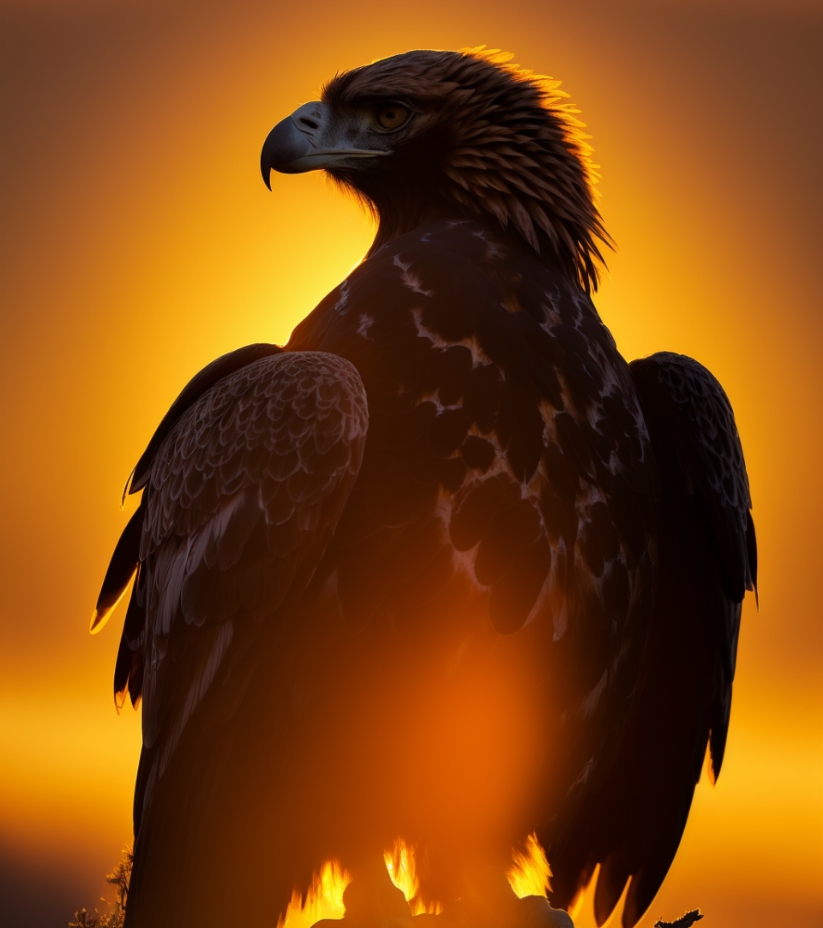
Golden Eagle Sunset

Golden Eagle In Flight
Golden Eagle
Another common bird of prey frequently spotted in national parks is the golden eagle. Frequently confused with their aforementioned cousin, these birds are similar in size and appearance to bald eagles, but have a dark brown body and a golden-brown head and tail. Although they are found in many of the same national parks as bald eagles, goldens prefer mountainous landscapes while the bald eagle is more likely to be found closer to fish laden waters.
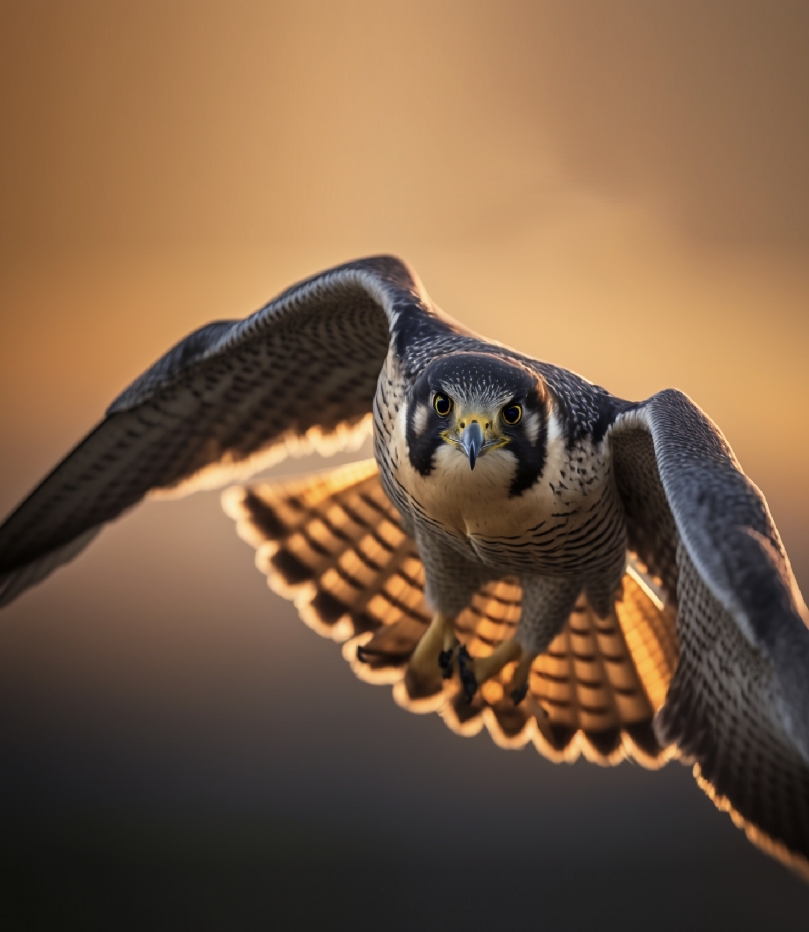
Peregrine Falcon In Flight
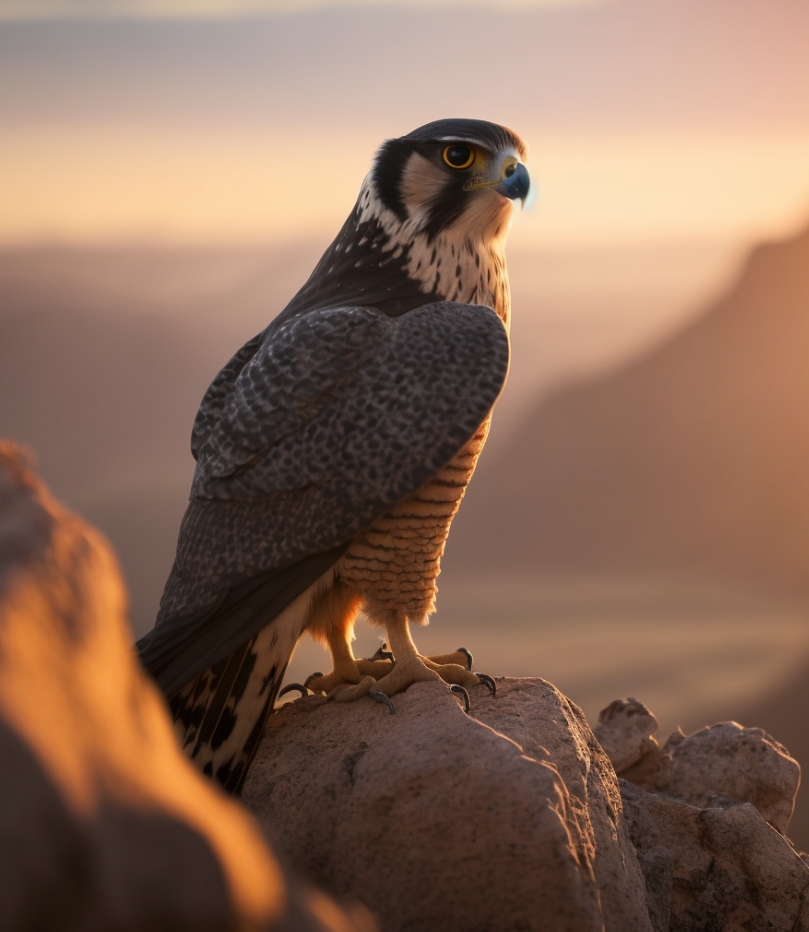
Close Up Peregrine Falcon
Peregrine Falcon
The fastest bird in the world, the Peregrine Falcon is known for its speed and agility, as they are able to reach speeds of over 200 miles per hour when diving to catch prey! Visitors to America’s national parks who are lucky enough to catch sight of one of these spectacular speedsters should count themselves fortunate as these majestic creatures spent over 20 years on the endangered species list due to the formally widespread use of the pesticide DDT. Today, because of strong raptor conservation programs and a federal ban on the use of DDT, they exist in healthy populations throughout much of their native habitat and are found in national parks throughout the country. To maximize your chances of seeing a peregrine, consider a trip to Arches or Zion National Park as the high cliffs in these areas are prime habitat for these special birds.
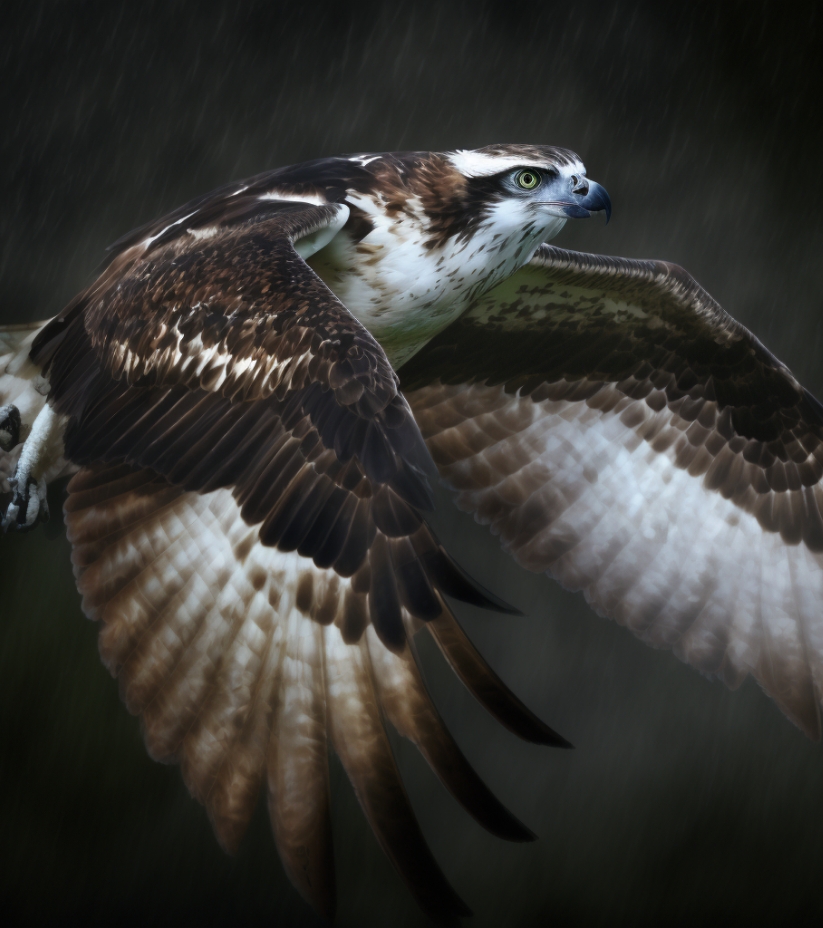
Osprey In Flight
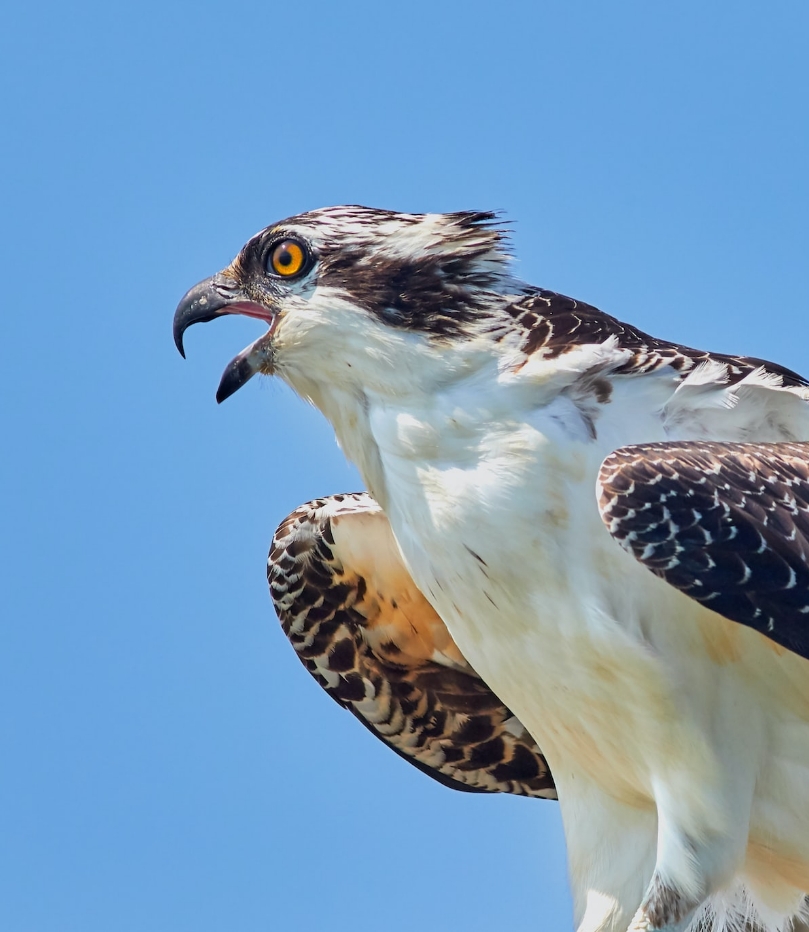
Close Up Red-Tailed Hawk
Osprey
A cultural symbol recognizable the world over, one of the most iconic birds of prey in the United States is the bald eagle. Found in many national parks, including the Grand Canyon, Yosemite, and Yellowstone, bald eagles are easily recognized by their distinctive white head and tail feathers. These large birds are a favorite sighting for EXP Journey’s guests, and for good reason. What could be a more iconic American experience than spotting the national bird of the United States in a national park?
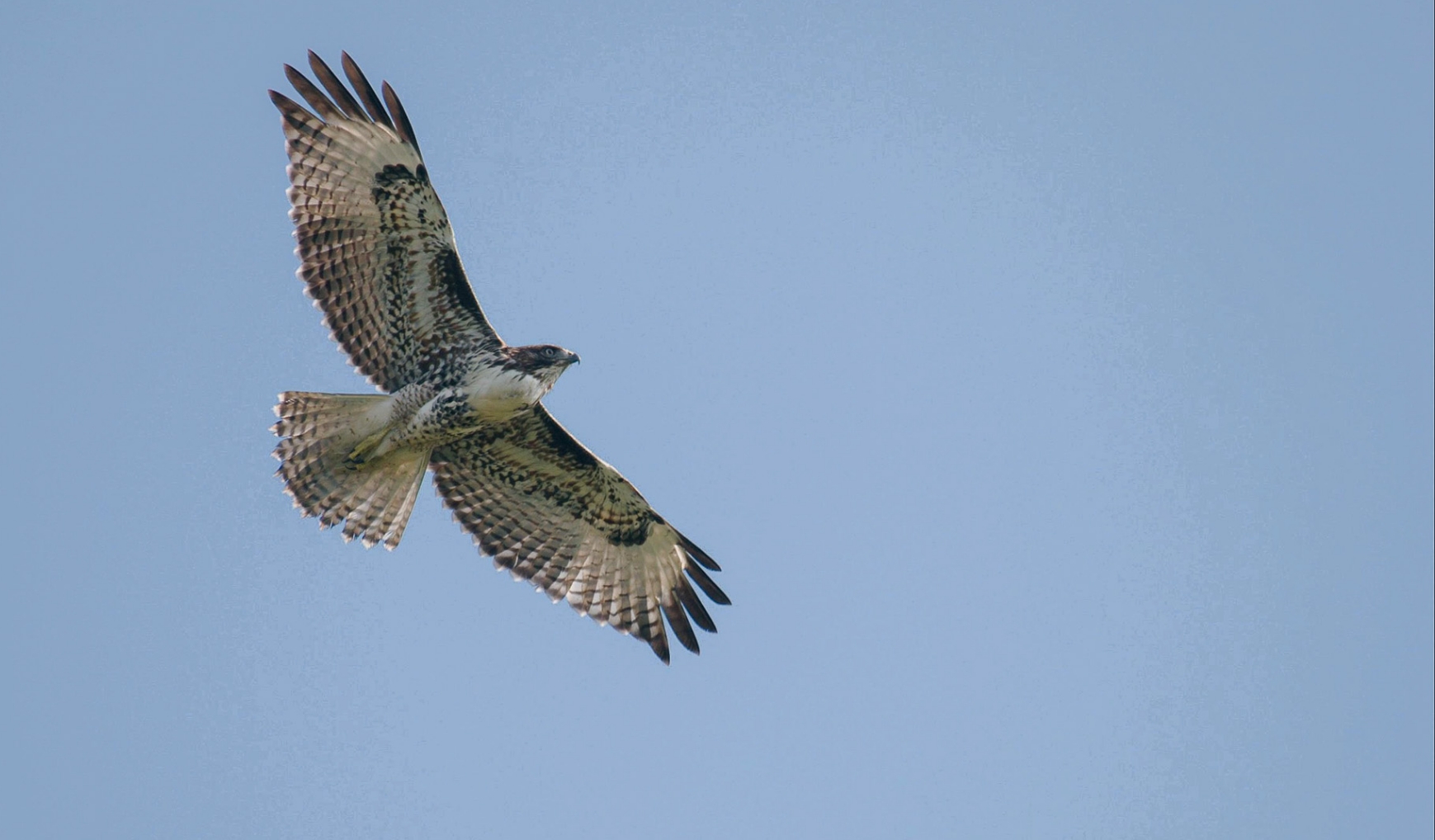
Peregrine Falcon Soaring Through The Sky
Time to Fly
As you have learned, America’s national parks are home to some of the most majestic birds of prey in the world. Let the EXPerts at EXP Journeys help you plan the perfect bird-watching trip, complete with guided tours, luxurious accommodations, and all the amenities you need to make the most of your time in these natural wonders. Whether you are a bird-watching enthusiast or just someone looking for a unique and unforgettable vacation, consider visiting one of America’s national parks and experiencing the beauty of birds of prey for yourself.
